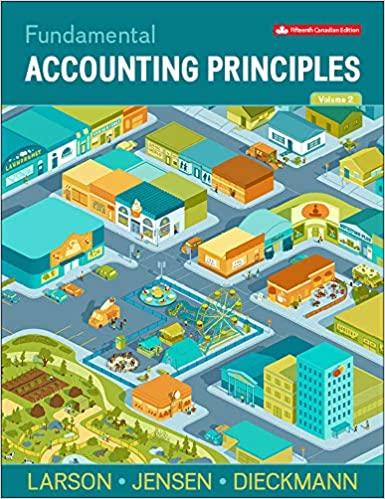Question
Problem 1 Variance Analysis - 12 marks - 25 minutes Alpha Company uses a standard costing system in their manufacturing facility. The standard and actual
Problem 1 Variance Analysis - 12 marks - 25 minutes Alpha Company uses a standard costing system in their manufacturing facility. The standard and actual data for the last year are presented below. The company expects production to be at their normal capacity of 1,200 units. The company uses machine hours to allocate overhead. Standard cost per unit: Direct material 40 Kg ($2.7 per Kg) Direct labour 8 hours ($18 per hour) Manufacturing Overhead (40% of overhead is fixed) $5 Machine hours 1 Actual data for last year is as follows: Actual variable overhead costs $3,950 Actual direct labour cost (7,500 hours) $137,250 Direct material purchased (42,500 Kg) $118,150 Actual production level 1,050 units Actual machine hours 1,500 There was no direct material beginnin g inventory. The ending balance of direct material has 6,500 kg. Required: (make sure to identify whether each variance is favourable or unfavourable) a. What is direct material price variance? b. What is direct material quantity variance c. What is direct labour efficiency variance? d. What is variable overhead rate variance e. What is variable overhead efficiency variance f. What is fixed overhead volume variance Problem 2 Capital Budgeting - 13 marks - 30 minutes Beta Company is considering the purchase of a new equipment to automate part of their manufacturing process. The old system can be sold for $55,000. The new system will cost $4,500,000 and will last for 10 years. The new equipment will have a salvage value of 45,000 at the end of its useful life. The companys cost of capital is 14%. A working capital of $100,000 is necessary in the first year and another $150,000 is needed at the end of year 7 to run the new equipment. The investment in working capital will be recovered at the end of the useful life. The new equipment will increase production and sales by 15% annually. Unit selling price and variable cost per unit will remain unchanged. Selling price per unit $25 Variable cost per unit $18 Units produced and sold (before investment in new equipment) 250,000 The annual cash savings associated with the system are as follows: Decreased waste $150,000 Increased quality 200,000 Decrease in operating costs 125,000 Increase in on-time deliveries 25,000 Required: a. Calculate the NPV for the new equipment. b. Should the company invest in this new equipment based on the NPV analysis? Explain. c. Calculate the payback period for the new equipment.
Step by Step Solution
There are 3 Steps involved in it
Step: 1

Get Instant Access to Expert-Tailored Solutions
See step-by-step solutions with expert insights and AI powered tools for academic success
Step: 2

Step: 3

Ace Your Homework with AI
Get the answers you need in no time with our AI-driven, step-by-step assistance
Get Started


